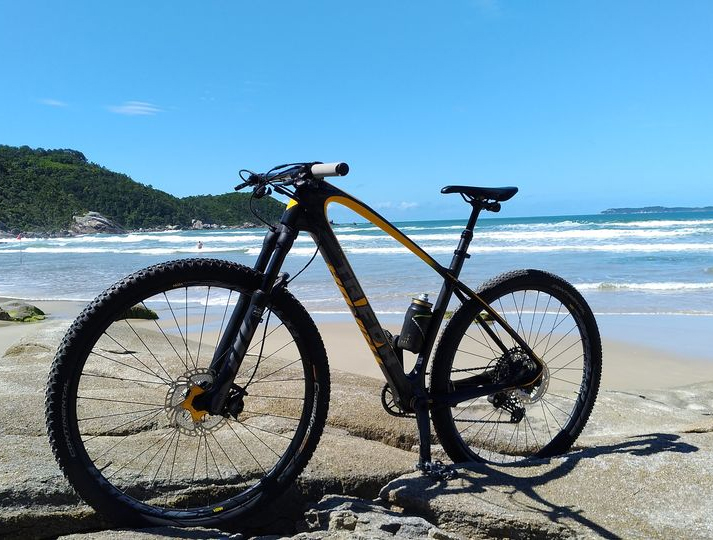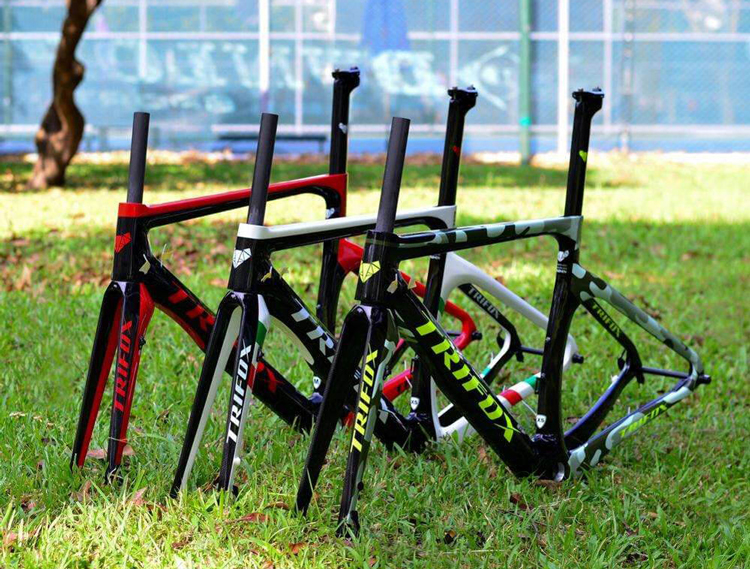how to tune your bicycle for optimal performance and smooth riding based on general knowledge and principles of bicycle maintenance.
Understanding the Basics of Bicycle Tuning
Tuning a bicycle is akin to fine-tuning an instrument. Just as a well-tuned guitar produces harmonious notes, a well-tuned bicycle offers a smooth, efficient, and enjoyable ride. This process involves adjusting, cleaning, and replacing parts as necessary to ensure everything works harmoniously.
Cleaning Your Bike
A clean bike is the foundation of good performance. Dirt, grime, and debris not only make your bike look bad but can also impede its functionality by getting into the moving parts.
1. Wash Your Bike: Use a gentle cleaner and a soft brush to clean the frame, wheels, and components. Avoid high-pressure hoses that can force water into bearings.
2. Degrease the Drivetrain: Apply a degreaser to the chain, cassette, and derailleurs. Use a specific brush to scrub these parts clean.
3. Lubricate: After cleaning, apply lubricant to the chain, derailleurs, and any other moving parts. This reduces friction and wear, improving performance.
Checking and Adjusting the Brakes
Brakes are crucial for safety and control. They should engage smoothly and evenly.
1. Check Brake Pads: Worn brake pads need replacing. There should be a visible tread and no metal showing.
2. Adjust Brake Cables: If brakes feel spongy or too tight, adjust the tension of the brake cables via the barrel adjusters on the levers or calipers.
3. Center the Brake Calipers: Ensure the calipers are centered so that both pads contact the rim at the same time.
Tuning the Gears
Smooth shifting is essential for an enjoyable ride. Incorrectly adjusted gears can cause skipping, noise, and inefficient pedaling.
1. Check Derailleur Alignment: The front and rear derailleurs must be correctly aligned with the chainrings and cassette.
2. Adjust Limit Screws: These prevent the chain from falling off the cassette or chainring. Adjust them so the chain shifts smoothly across all gears without overshifting.
3. Cable Tension: Similar to brakes, gear shifters use cables that may stretch over time. Adjust the tension to ensure crisp shifting.
Ensuring Wheel Performance
True wheels are vital for a smooth ride, efficient pedaling, and safe braking.
1. Check Wheel True: Spin each wheel and watch for side-to-side wobbles or vertical hops. Minor adjustments can be made with a spoke wrench by tightening or loosening spokes.
2. Inspect Tires: Look for signs of wear, cuts, or embedded debris. Ensure they're inflated to the pressure indicated on the tire sidewall.
3. Bearings: Check the smoothness of the wheel, bottom bracket, and headset bearings. Any roughness or play might require adjustment or replacement.

Fine-Tuning for Comfort and Efficiency
The right setup can significantly impact your comfort and efficiency on the bike.
1. Saddle Height and Position: Adjust your saddle height so your leg has a slight bend when the pedal is at its lowest point. Move the saddle forward or backward to optimize your reach to the pedals.
2. Handlebar Height and Reach: Adjusting the handlebars can help reduce strain on your arms, neck, and back. This is largely personal preference and what feels comfortable for long rides.
Regular Inspection and Maintenance
Regularly inspect your bike for any signs of wear or damage. Components like chains, cassettes, and brake pads wear out over time and need replacing. Keeping a maintenance schedule helps prevent unexpected issues and ensures your bike is always ready for a ride.
Conclusion
Tuning your bicycle for optimal performance isn't just about making it faster; it's about ensuring safety, efficiency, and enjoying every ride to its fullest. While professional tune-ups are invaluable, understanding how to maintain and adjust your bike can enhance your cycling experience and deepen your connection to your ride. Whether you’re preparing for a race, gearing up for a leisurely ride, or commuting, a well-tuned bike is your best companion on the road.
Remember, the key to a smooth and enjoyable ride is regular maintenance and tuning. By following these steps, you'll ensure your bike performs at its best, providing many miles of joyful and efficient riding.




















































































